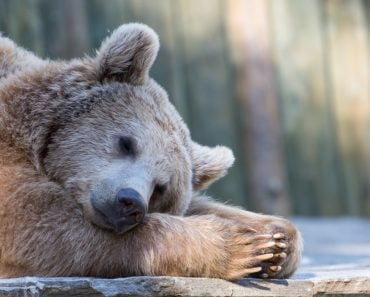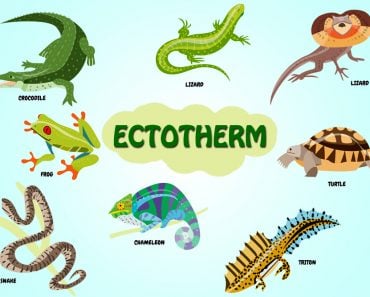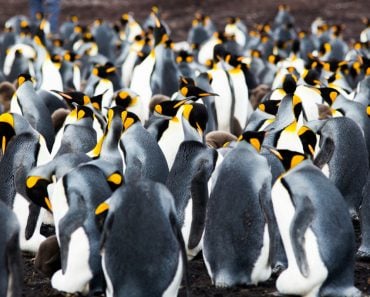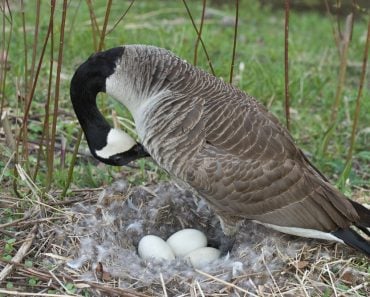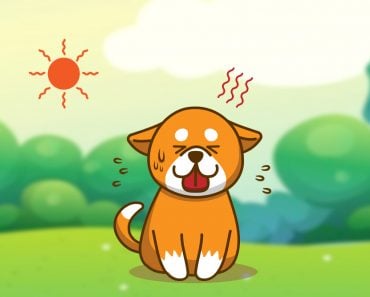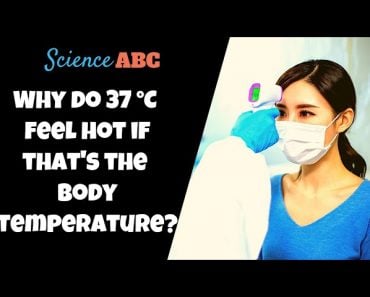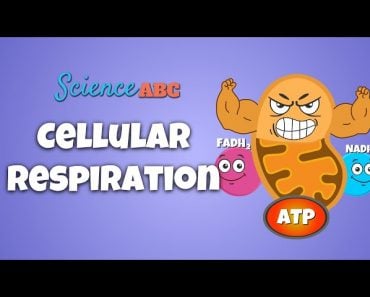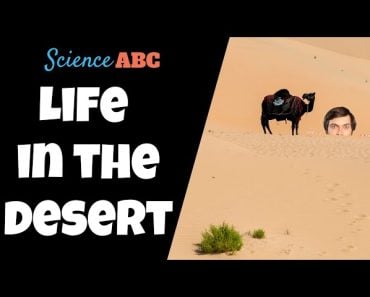Table of Contents (click to expand)
Some animals, such as bears, have special fatty tissue called Brown Adipose Tissue (BAT). This tissue is different from white adipose tissue, which most of us have, and helps hibernating animals access the minimal amount of energy they need to survive.
During winter, when it is cold and freezing outside, all we want to do is stay wrapped up in our blankets and remain in bed. A steaming cup of noodles or hot chocolate also helps! During times like these, one might envy animals like bears, who doze through the coldest season and wake up fresh in the spring. They remain snug in their warm dens all through the cold season, but this makes one wonder… how do they go without food for such a long time?
Recommended Video for you:
The Need For Hibernation
Hibernation is an energy-saving adaptation to protect against adverse conditions. During periods of harsh weather and shortages of food, certain animals hibernate to conserve energy and survive. Hibernation involves a significant slowdown of the metabolism, including decreased heartbeat and breathing rate, along with a drop in body temperature. Reducing their metabolism allows these animals to conserve energy during those long cold months.
To understand the need for hibernation, we first must understand the difference between endothermic and ectothermic organisms.
Ectotherms are those animals whose body temperatures depend on the ambient temperature. This means that they depend on their external environment to regulate their body temperature. Usually, they have a body temperature that changes with the temperature of their environment.
Ectotherms regulate their body temperature to some extent, but not by producing heat. They depend on things like sunlight or the surface of heated rocks to warm up. Conversely, they seek shade to cool down. Their internal physiological sources of heat are limited, so they depend on their surroundings for regulation They are also known as ‘cold-blooded’ animals, and include fish, amphibians, and reptiles.
On the contrary, endotherms can regulate their own body temperature by generating internal heat. They are capable of maintaining their physiological body temperature in a stable range, regardless of the changes in the environment. Endotherms adjust their metabolic heat production and insulation to stay warm, whereas during hot weather, they sweat to cool down.
Thus, endotherms are capable of maintaining a steady temperature as compared to their changing surroundings. They are called ‘warm-blooded’ animals, and include mammals and birds. Endotherms require enough ‘fuel’ in the form of food to counter the effects of cold. This can be challenging during the winter, when the weather is freezing and food is scarce.
Thus, many animals hibernate to conserve energy and survive these harsh winter conditions.
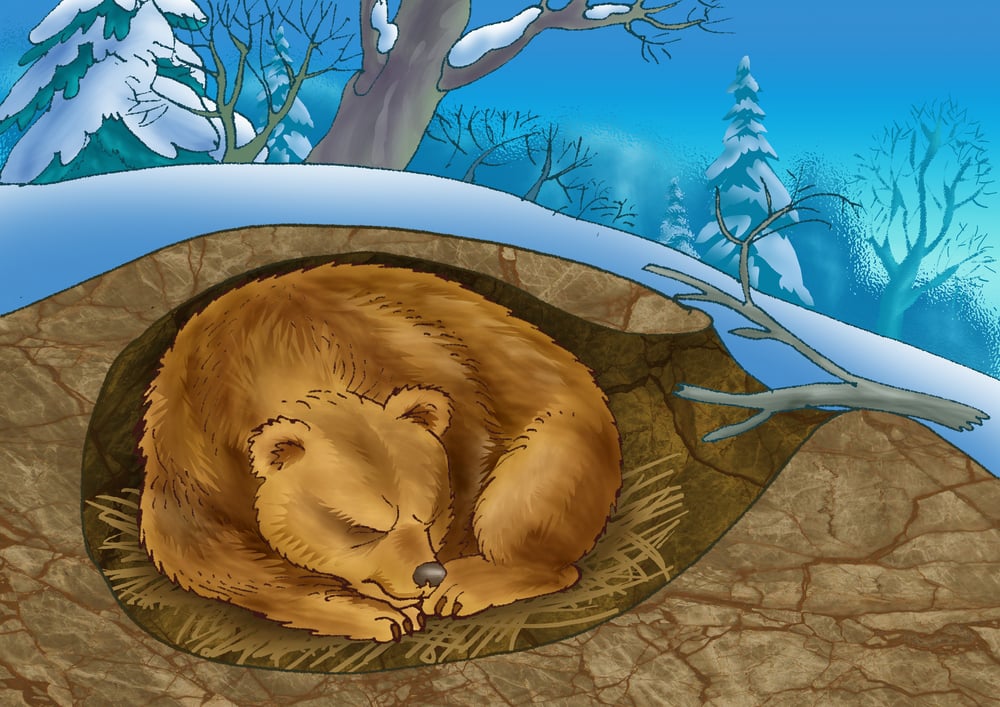
The Magic Of ‘BAT’
Metabolism is the process through which our body converts the food we eat into energy. When we are starving or fasting, the body breaks down stored reserves of fat in order to provide us with the necessary energy. Hence, most animals usually bulk up and try to gain as much weight as they can before going into hibernation.
Most of the fat in our bodies consists of white adipose tissue or ‘white fat’. These tissues are called this because they store large droplets of translucent fat, which makes them appear white.
Brown adipose tissue (BAT) or brown fat cells are a special type of fat cell unique to mammals that become active in the cold. They appear brown due to the high number of densely packed mitochondria within them.
As we all know, mitochondria are the powerhouse of cells. They generate energy in the form of ATP (adenosine triphosphate), the energy currency of the body. Since brown adipose tissue contains a far greater number of mitochondria than an average white fat cell, they have a faster metabolic rate. This makes them more efficient at ‘thermogenesis’, i.e., the production of heat. In fact, brown fat is also present in newborn babies so that they don’t freeze right after being born!
Thus, BAT helps keep organisms warm to a sufficient degree so that they don’t need to consume food to meet their ongoing metabolic needs.
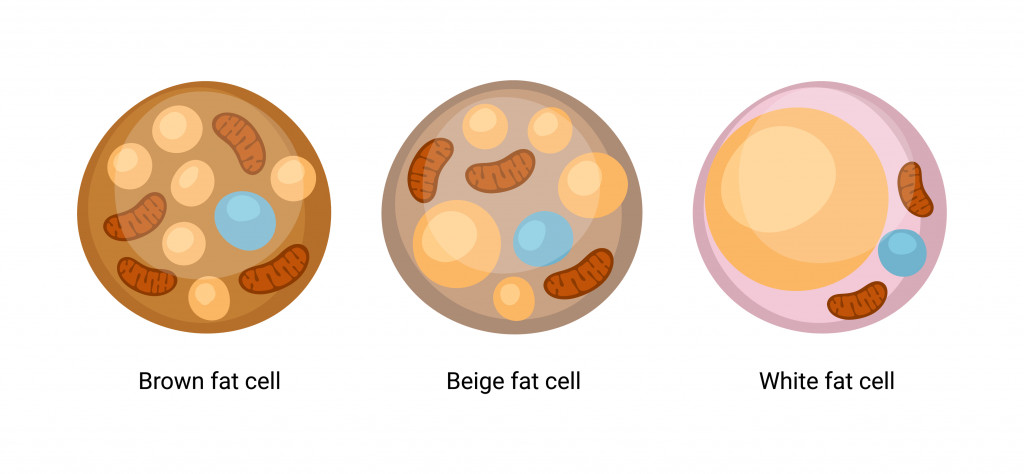
In A Nutshell…
Hibernation is an energy-saving adaptation against harsh weather conditions. This strategy is adopted by endotherms, since they have to regulate their own body temperatures.
During a hibernation period, the metabolism of the animal is very low, allowing them to conserve energy and survive. Their heartbeat and breathing rates slow down and their body temperature drops. Such animals usually bulk up before hibernation to build up fat stores in their body.
In such cold weather, brown adipose tissue gets activated. These cells contain numerous mitochondria, which burn the stored fat to generate heat and energy. This helps the animals generate sufficient warmth to overcome the scarcity of food without freezing to death.
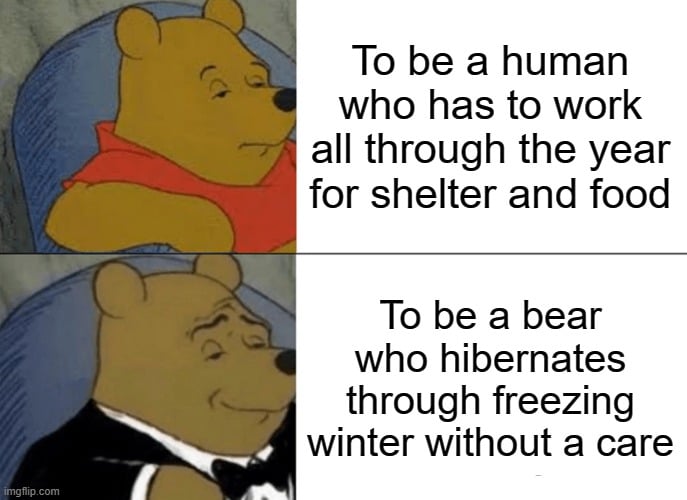
References (click to expand)
- Milner, R. E., Wang, L. C., & Trayhurn, P. (1989, January 1). Brown fat thermogenesis during hibernation and arousal in Richardson's ground squirrel. American Journal of Physiology-Regulatory, Integrative and Comparative Physiology. American Physiological Society.
- Ballinger, M. A., & Andrews, M. T. (2018, March 7). Nature's fat-burning machine: brown adipose tissue in a hibernating mammal. (R. K. Suarez & H. H. Hoppeler, Eds.), Journal of Experimental Biology. The Company of Biologists.
- How Do Animals Sleep?. This result comes from www.sleep.org
- Brown Adipose Tissue - an overview | ScienceDirect Topics. ScienceDirect
- Some Animals Don't Actually Sleep for the Winter, and other .... National Geographic
- Endotherms & ectotherms (article) | Ecology - Khan Academy. Khan Academy
- How brown fat improves metabolism. nih.gov

